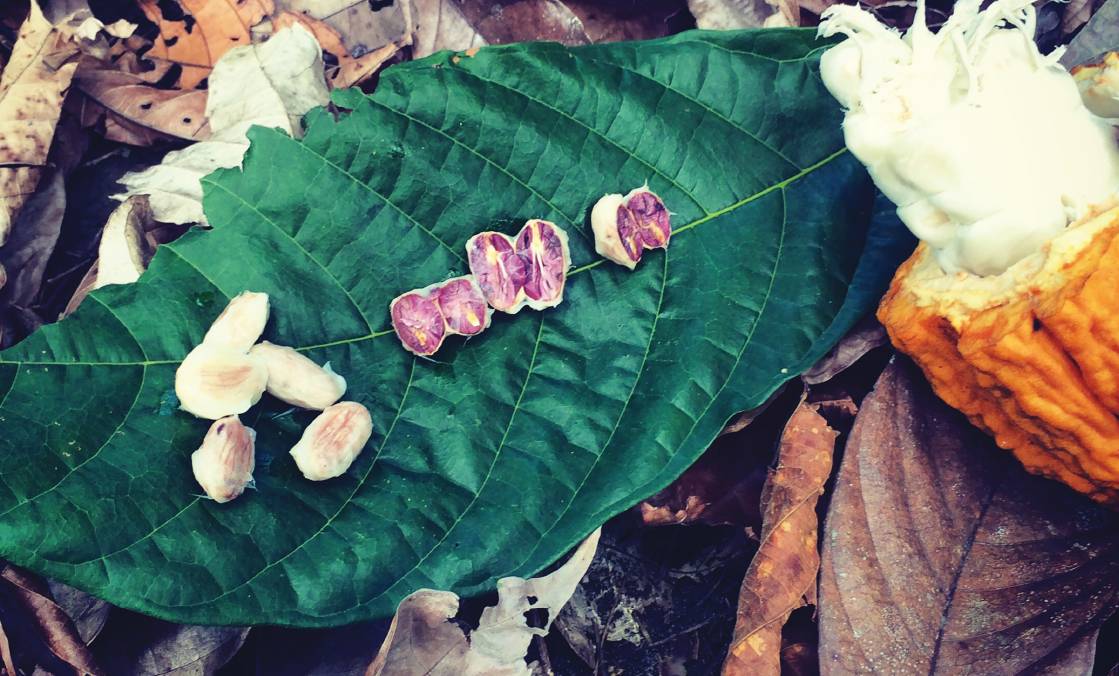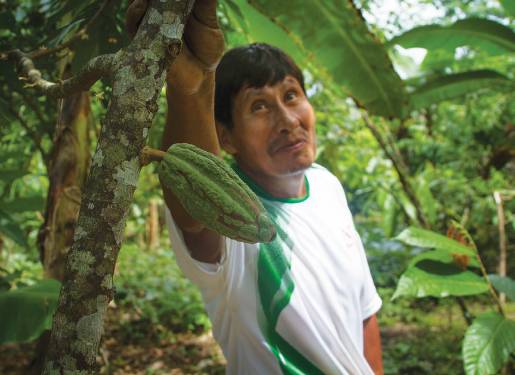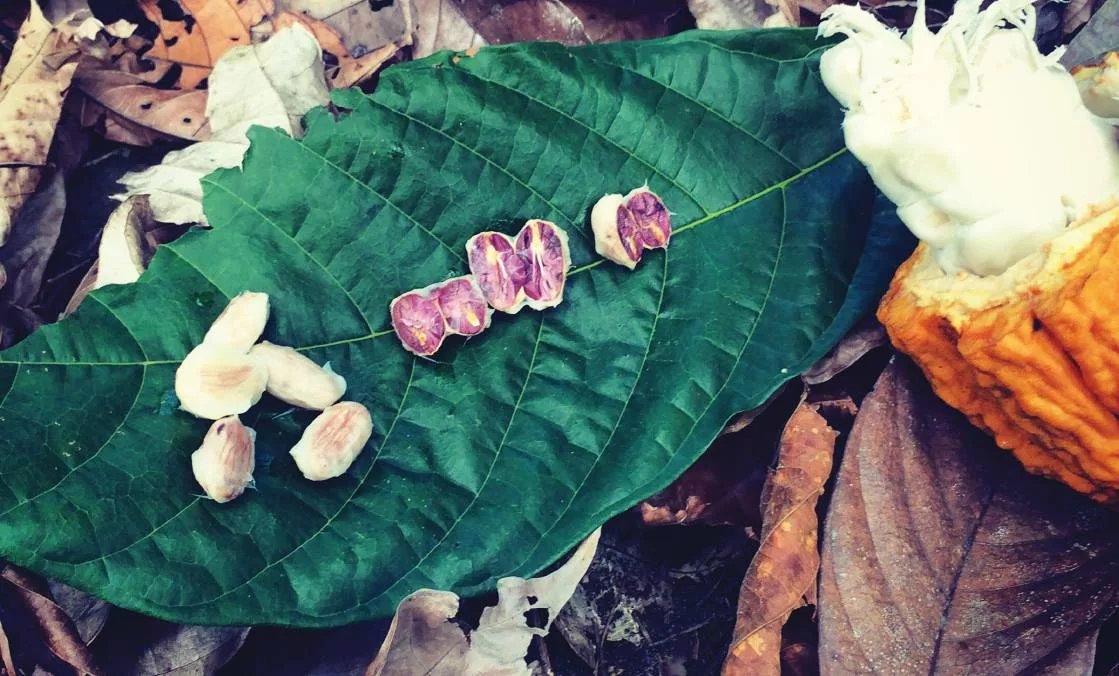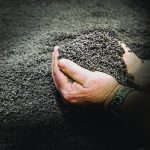
“We know that excellence usually comes in small batches.”
Tell us about the mission and purpose driving Yellow Seed.
Yellow Seed is an impact-driven, nonprofit enterprise connecting farmers at origin to new markets. We’ve designed a web platform to facilitate conscious trade of quality products between small farms and ethical buyers who support sustainable farming and fair wages.Co-creative Cacao, our beta website, will initially connect cacao producers around the globe to craft chocolate makers.
Our debut platform is a place where farmers can sell products for a fair value and receive feedback from buyers on how to improve quality, while buyers access a collaborative network for resource efficiency. We know that excellence usually comes in small batches, and we are invested in these farmers for the same reason that we shop at local farmers’ markets at home: these farms support ecological agriculture and the communities where they live.
Where did the idea for Yellow Seed come from?
Nancy Zamierowski, one of Yellow Seed’s founding team members, co-authored the 2012 LINK Toolkit for the International Center for Tropical Agriculture (CIAT). In it, she outlined a methodology and a participatory guide to improve inclusive trading relationships with small-scale farmers. Early supporters included the Bill and Melinda Gates Foundation and the design firm IDEO, which awarded CIAT a Human Centered Design planning micro-grant. This sparked an exploratory initiative to help small-scale farmers and small-batch artisan food makers connect to one another, trade, and learn.
The original team assembled in 2013 while completing MBAs in sustainable systems at Bainbridge Graduate Institute at Pinchot University. The team has since expanded in 2014 to include key origin relationship managers and design support roles.
Why did Yellow Seed’s founders feel it was important to connect farmers and producers?
The supply chains of our current food system are unsustainable and face increasing constraints.
With 85 percent of the world’s farmers in emerging markets, small-scale farms face limited market access. Modern supply chains pressure many of these farmers towards homogeneity and scale, forcing most to sell their unique crops below value in low-paying local markets subject to commodity fluctuations. Likewise, increasing numbers of socially and environmentally aware buyers face time, distance, and financial challenges to trading directly.
Large industrialized agriculture has been challenging the viability of small-scale farms (the key farms who support biodiversity and local economies) at an alarming rate. Our platform creates the space to begin reversing this trend at scale because different participants along the supply chain are able to listen to one another and work together. Farmers can hear feedback from buyers as to what “good quality” really means to them and, in turn, they can tell their story and explain what resources they need to succeed. Buyers can learn about new origins, connect with each other to efficiently ship products together, and collectivize their efforts online to support farmers through long-term working relationships.
Our vision of the future is a thriving globalized world that is nourished through a web of small agro-ecological farms. Resilient, adaptive, and regenerative, these networked supply chains are where conscious trade will flourish.



What challenges has Yellow Seed encountered and how have you addressed them?
Supply chains are incredibly complex, and with the added dimensions of cacao’s rising demand and climate-constricted supply, this entrenched commodity system is facing major dilemmas. We spent our first year just listening through extensive user interviews with farmers at origin, as well as with buyers across the industry and their supporting networks.
We looked for challenges and opportunities and then translated what we learned into the functions of the site. As we build toward our vision in small steps through the website, we look forward to listening to the feedback we receive from our first users and iterating based on what we hear.
What does the future of Yellow Seed look like? What other products or commodities do you feel this business model could positively impact?
Our web platform is beginning with cacao this spring and the user activity on the beta site will inform how and when we expand features and products. Eventually, we would like to include other forms of cocoa beyond just beans, as well as other commodities such as coffee and tea. Follow our path towards conscious trade at yellow-seed.org and @cocreativecacao on Twitter.





